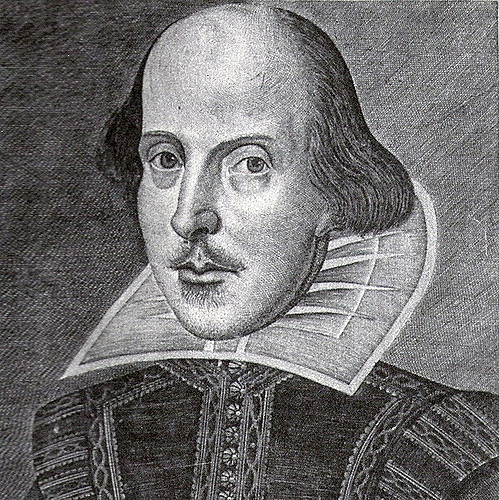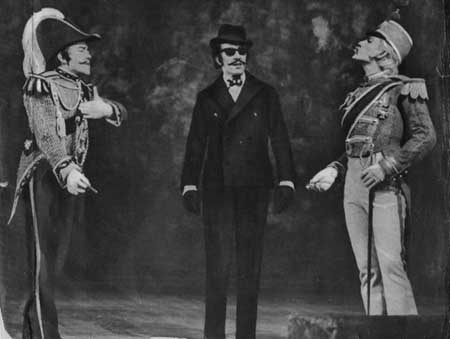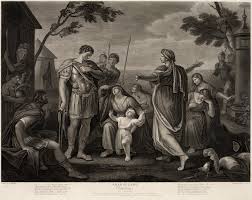Shakespeare’s Plays and Shakespeare’s Collaborations
Most playwrights of the period typically collaborated with others at some point, and critics agree that Shakespeare did the same, mostly early and late in his career. Some attributions, such as Titus Andronicus and the early history plays, remain controversial, while The Two Noble Kinsmen and the lost Cardenio have well-attested contemporary documentation.
Textual evidence also supports the view that several of the plays were revised by other writers after their original composition. The first recorded works of Shakespeare are Richard III and the three parts of Henry VI, written in the early 1590s during a vogue for historical drama.

Shakespeare’s plays are difficult to date, however, and studies of the texts suggest that Titus Andronicus, The Comedy of Errors, The Taming of the Shrew and The Two Gentlemen of Verona may also belong to Shakespeare’s earliest period.
Shakespeare Timeline of Plays
His first histories, which draw heavily on the 1587 edition of Raphael Holinshed’s Chronicles of England, Scotland, and Ireland, dramatise the destructive results of weak or corrupt rule and have been interpreted as a justification for the origins of the Tudor dynasty. The early plays were influenced by the works of other Elizabethan dramatists, especially Thomas Kyd and Christopher Marlowe, by the traditions of medieval drama, and by the plays of Seneca.
The Comedy of Errors was also based on classical models, but no source for The Taming of the Shrew has been found, though it is related to a separate play of the same name and may have derived from a folk story. Like The Two Gentlemen of Verona, in which two friends appear to approve of rape, the Shrew’s story of the taming of a woman’s independent spirit by a man sometimes troubles modern critics and directors.

Shakespeare’s early classical and Italianate comedies, containing tight double plots and precise comic sequences, give way in the mid-1590s to the romantic atmosphere of his greatest comedies. A Midsummer Night’s Dream is a witty mixture of romance, fairy magic, and comic lowlife scenes.
Shakespeare’s Life
Shakespeare’s next comedy, the equally romantic Merchant of Venice, contains a portrayal of the vengeful Jewish moneylender Shylock, which reflects Elizabethan views but may appear derogatory to modern audiences. The wit and wordplay of Much Ado About Nothing, the charming rural setting of As You Like It, and the lively merrymaking of Twelfth Night complete Shakespeare’s sequence of great comedies. After the lyrical Richard II, written almost entirely in verse, Shakespeare introduced prose comedy into the histories of the late 1590s, Henry IV, parts 1 and 2, and Henry V.

His characters become more complex and tender as he switches deftly between comic and serious scenes, prose and poetry, and achieves the narrative variety of his mature work. This period begins and ends with two tragedies: Romeo and Juliet, the famous romantic tragedy of sexually charged adolescence, love, and death and Julius Caesar-based on Sir Thomas North’s 1579 translation of Plutarch’s Parallel Lives-which introduced a new kind of drama.
More Info On- Shakespeare’s timeline of life and writing: Part 1, Part 2, Part 4